The Article
Median Balanced Phono Amp from iota
21st May 2019
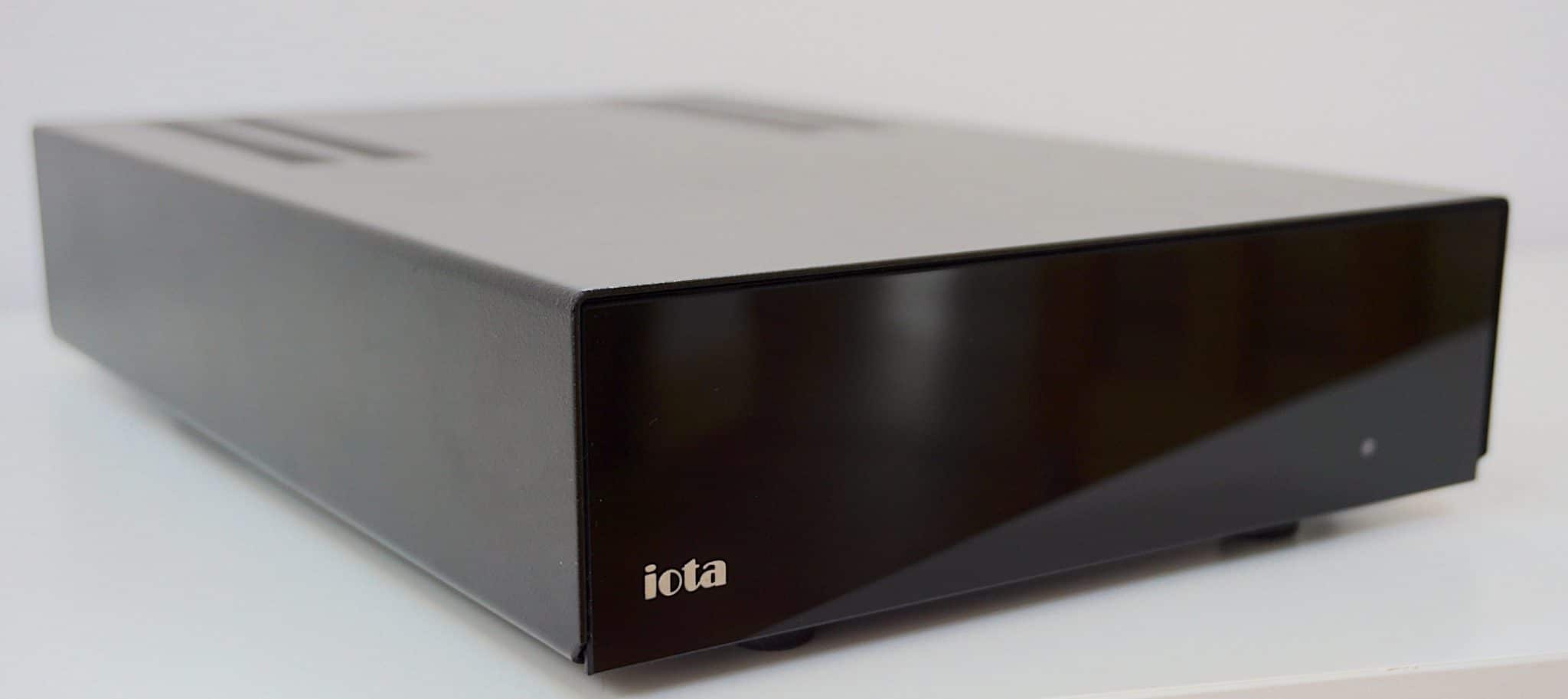
A no-compromise design that will please as many users as it will dismay, Paul Rigby reviews the fascinating Median
A two-box phono amplifier featuring a main unit with a separate power supply connected via a 5-pin, DIN-type plug with a locking ring, the inherent balanced design of the Median is the selling point of this phono amplifier.
As iota’s Nigel Brown stated,“Balanced operation for both the input and output ensures the ideal means of handling the very vulnerable signal that vinyl reproduction represents. With this phono stage, it is possible to use any practical length of suitable arm cable without experiencing interference problems. The same is also true of the output from the phono stage; true differential balanced operation allows even extreme lengths of cable to be run, once again without pick up or interference effecting the signal. This is possible due to common mode rejection which is a feature of true differential balanced operation. True balanced operation is only possible by providing not only the equalisation of the original signal but also generating the 180 degree opposite signal as well. Both of these signals must also be protected at all times by a very effective screen to further protect the signal. When the signal is fed into a suitable amplifier the two opposite signals are compared and any additional features (i.e. interference picked up by the cable) is rejected by the action of common mode rejection.”
Which is all well and good and is, on the face of it, a very wonderful thing. Problem is or, rather, was I had no opportunity of grabbing a turntable with a balanced cable hanging off the tonearm in time for the Median review. I could have waited (and waited…and waited…) for the opportunity but I wanted to take a look at this phono amplifier so please forgive me for not going the whole hog on this one. I was able to test the balanced outputs but I had to turn to the RCA input adaptors which iota supply as part of the Median package. At least I can test that side of the hardware and give you a flavour of the sound quality from this design. As soon as I can sort myself out with a fully balanced rig, I’ll give iota another call and update this review.
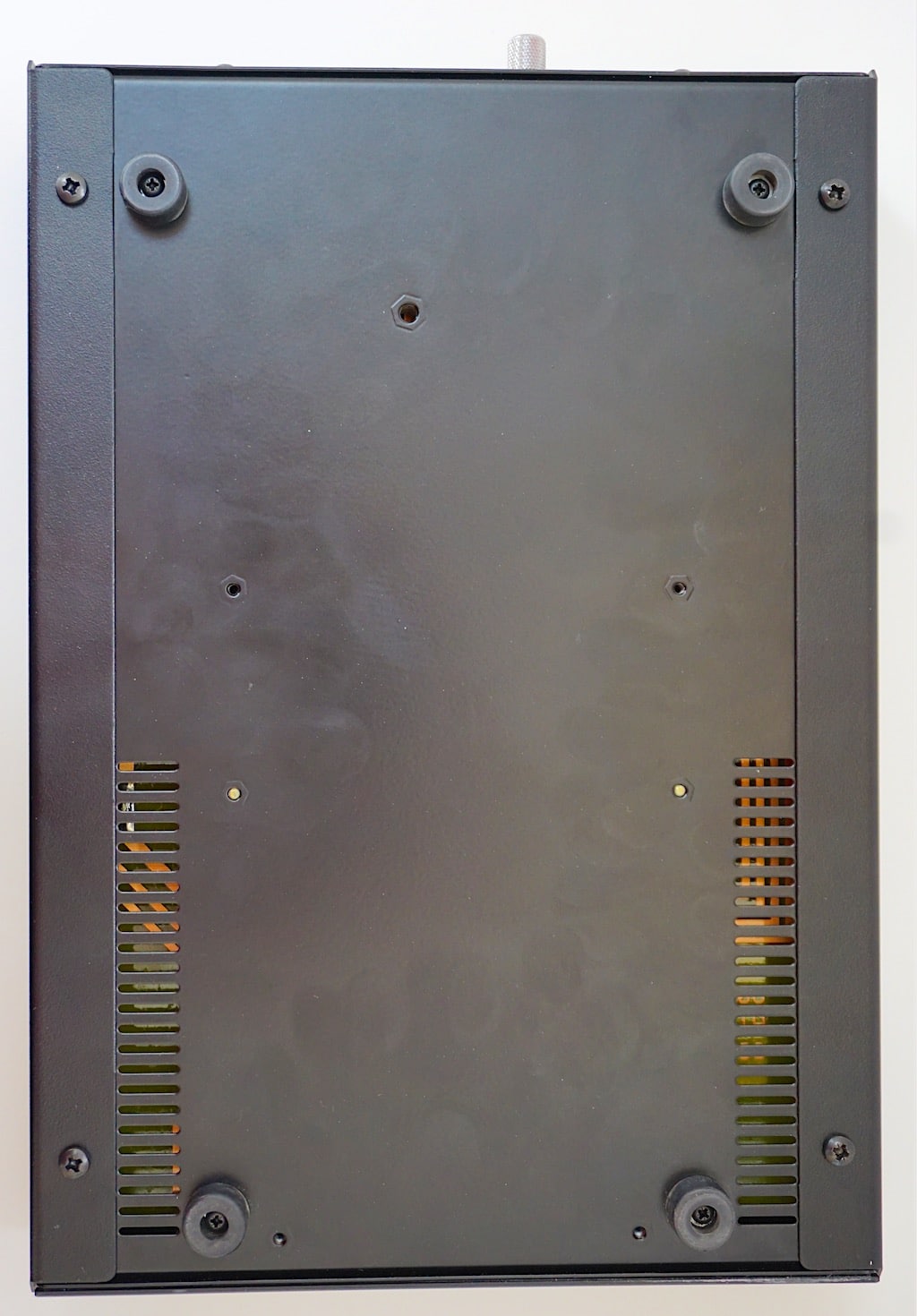
Apart from the balanced inputs and outputs, the Ground connector and power connector, there’s not much to the design. That simplicity is generally a good thing. Although, there are hidden problems.
In terms of design, I did a few issues. Allow me to preface that statement. The price of the Median phono amplifier is going to make it attractive to a lot of people who are looking for a unit in the, how shall I put it, the high-end budget sector? Let’s say that band around the £400-£800 mark. There’s a lot of competition in this area. I’ve reviewed a fair few myself. The Trichord Dino, the Moon 110LP v2, the Pure Sound P10, the iFi iPhono 2 and on and on. They are all excellent. With that sort of competition, any other phono amplifier hoping to get a foothold into the market has to think carefully about its inherent design in terms of sonics yes but also about its installation requirements and usability. Because of the nature of the price point, potential customers for a high-end budget phono amplifier will be potentially a mixed bunch. There will be experienced users in there but there will also be inexperienced users looking to upgrade and learn more about the technology or beginners who know very little about the technology and don’t really care to learn any more about the hardware because all they want to do is listen to music.
The design issues I have with the Median centre around the inexperienced users.
Firstly, the phono amplifier utilises DIP switches to set gain and loading. A necessary evil, it doesn’t stop me detesting the things. They are finicky and sometimes require crossword skills to fathom out what switch goes where.
I understand why they are used because they offer a more direct input which aids sound quality. Adding knobs and switches to a design at this price will either degrade the sound quality because the interfaces will be of necessarily lower quality or, if high quality switching is used the price will rise. All of the best phono amps in this price point and lower use them so I can’t gripe too much about their inclusion.
I can gripe about other areas though. Firstly, most phono amplifiers ask you to handle three or four banks of DIP switches but the iota model offers six to mess about with.
Secondly, the DIP switch manual guide shows you what DIP switch to throw and, while it uses familiar Ohm figures for loading, it uses the less unfamiliar millivolt/microvolt (uV/mV) figures only for output instead of also including the generally used decibel (db). I know that using such a measurement sequence is fine and correct but I would say that the notion of gain is more commonly expressed and better understood in decibels to at least give the beginner a rough idea what the figures actually mean in a real world application. I reckon that only using the technically correct microvolt/millivolt approach will serve to confuse and strike uncertainty into the hearts of the beginner. Fine, provide millivolt/microvolt figures for those who want it but why not add decibel figures too? Again, you will see decibel figures printed underneath the Moon and the Trichord has both with decibel figures in parenthesis. Pro-Ject uses the figures on its chassis or in its manuals or both.
Thirdly, you cannot access the DPI switches directly. You actually have to remove the outer casing of the chassis and, faced with a bare circuit board, alter them there.
I know that there are many audiophiles out there who will not blink at such a suggestion and will wonder what the fuss is about but this hobbyist approach will scare the life out of some beginners or inexperienced users and will lower sales of this phono amplifier right there and then. The thought of unscrewing any hifi and touching any circuit board direct will be anathema to some.
Getting into the Median chassis was another issue. The first time I did this, the chassis stuck fast and wouldn’t budge. I had to lever, push, pull and, because there was nothing else to hold, almost tug the feet off the chassis itself. Eventually the cover did shift and then, trying the process a second, third and fourth time, the chassis opened up perfectly with next to no pressure required. The issue here is an inconsistency which again might bother inexperienced users.
I wanted iota to add a window-type slot in the chassis or even a screw-down door to enable you to change the DIP switches without removing the chassis but iota were adamant that sound would suffer.
As such, this iota Median design is unforgiving. For the beginner or inexperienced user, think twice before buying. For experienced users though this determination to get the sonics just right will be welcome and applauded while the installation will offer no problems. You takes your choice…
SOUND QUALITY
Is that strict design ethos worth it? I started by connecting the Median to my pre-amp in single-ended RCA mode using a supplied convertor cable. I then reached for Ethel Ennis who performed in front of a jazz-tinged orchestra while singing He Loves Me on the original pressing of This is Ethel Ennis (RCA) and was intrigued at the wholly neutral presentation from this phono amp.
The more I listened, in fact, the more intrigued I became. There was something going on here. This was because the iota had a distinct method of presenting the music world to the ear. I found the vocal delivery detailed and well formed but a little dry. The soundstage, while relatively broad, offered a contained approach with a certain reduction in air and space while detailed, in general terms, tended to be embossed in nature.
Now, I initially thought that this approach might be an issue but the more I listened the more my opinion changed. What the iota did, in fact, was to remove the distinctly romantic approach that many top phono amplifiers provide. That slightly dreamy swish of music with floaty strings, vocals oozing lip gloss and percussion with star twinkles emanating off the end of the drum sticks. This default, Las Vegas approach to music is a lovely thing in itself but it is arguable if it’s wholly and strictly realistic.
It’s all a matter of opinion of course but what the iota gives you is a bit like someone walking onto a Hollywood film set, switching off the wind machine, turning off the lights, pushing over the backdrop, dismantling the on-set furniture and ripping away the costumes and then shouting, “There, THAT is real life!” Before storming off in a huff.
The iota strips away the fanciful, the idyllic and the fantastic and instead squeezes three drops of realism with a sonic pipette onto your hi-fi. Realism is what I hear here. The vocal sounded live and unprocessed, the brass section offered reverb but not extended reverb, only what was available around them and bass offered a basic foundation but no more. Realism was dominant. Realism was prevalent. Realism was everything.
Alongside that realism, the iota offered low noise. Very low noise. My tests here focused on a particular piano that was so low key and subtle, it didn’t even appear to be present in the same room. Yet, that piano’s shy tinklings where never more present and correct than they were through the iota. The midrange insight from this phono amplifier was quite, quite phenomenal.
I wondered how that presentation might change with more dynamic fare so changed to a reissue of Camel’s 1976 LP Moonmadness via Music on Vinyl reissued in 2013. I played the track, Aristillus followed by Song Within A Song.
I was pleased as punch to hear, within Aristillus, the high pitched synth sounds not sounding edgy and strident. That situation is an oft heard issue with this track. Not here, the iota had the issue covered and sorted. Also, the bassy rhythm section had real weight and a focused approach that enhanced its transient approach and above all its pace. The track sped along nicely.
On Song Within A Song, the vocal section was smooth while the harmony addition exhibited a little-heard vibrato which is a subtle and easily missed effect.
The faster paced later section of this track offered excellent balance in terms of the overall frequency distribution. Bass was took a full part here but didn’t encroach upon either the mids or treble, even if the hectic climax of the song.
So far so good.
I then changed the output cables to balanced and the music back to Ethel Ennis to see how that altered the sound.
I actually laughed. Back came the romance! The soundstage expanded left and right, the entire orchestra was bathed in a wealth of air and space, reverb swam in and around each instrument, cymbal taps carried forever, the vocal dripped glamour and a starry-eyed sense of rhythm.
There was no actual negative to this approach, though. The balanced connections were nothing more than a sonic choice. The other being the relatively raw nature of the realism provided by the single-ended connections. The balanced cables did move the music to a smooth midrange, characterful yet tonally rounded lower frequencies and a slick and slightly glamorous suite of treble notes.
The Camel track was exactly the same. The welcome neutrality remained of course and the sense of balance was a blessing on parts of this music but, while I think I preferred the slick, sweet approach to Ethel Ennis’ music I reckon I leaned more towards the single-ended approach to rock from the iota. That sense of bass grip and slightly rough-edged midrange appealed more on this dynamic track. It was nice to have the option, of course.
CONCLUSION
iota will say that all of its effort and build budget has been pushed into sound quality and giving you more bang for your music and I’m all for that. In fact, given the choice, that’s how I would design a phono amplifier of my own. I would probably be extreme in my design intents because to me, sound quality is all.
That said, the market in the sub-£1,000 market is packed with great products and the iota Median is but one of them. There are some users out there who will miss out because they will be put off by this product’s design quirks. You feel like saying to beginners and inexperienced users, “Just bear with it, give it a chance and you’ll love it.” Some will, others will shake finger and won’t even bother. Their loss, of course but this industry is all about business not charity. So it will be iota’s loss too and that loss is arguably more important.
For those users who don’t mind the quirks or those that give the Median a second chance, they will love the sound quality from, essentially, a two-in-one phono amp. Yes, I genuinely believe that both approaches are different enough to state that this one box provides two phono amplifiers in one and you’re given a choice which sonic envelope is your style. I can see benefits from both solutions.
As it is, the iota Median offers a quite brilliant sonic performance. If you’re in the market for a phono amplifier, please give it a try.
iota MEDIAN BALANCED PHONO AMP
Price: £625 (inc. XL power supply)
Tel: 07706 306918
Website: www.iota-audio-design.com
GOOD: realistic sonic presentation, midrange insight, balanced option, low noise,
BAD: DIP switch placement, setting parameters, prosaic aesthetics
For beginner/inexperienced users:
RATING: 7
For experienced users:
RATING: 8
[Don’t forget to check out my Facebook Group, The Audiophile Man: Hi-Fi & Music here: www.facebook.com/groups/theaudiophileman for exclusive postings, exclusive editorial and more!]
REFERENCE
Origin Live Sovereign turntable
Origin Live Enterprise 12″ arm
Van Den Hul Crimson XGW Stradivarius Cartridge
Soundsmith Paua Mk.II cartridge
Icon PS3 phono amplifier
Aesthetix Calypso pre-amp
Icon Audio MB845 Mk.II monoblock amplifiers
Quad ESL-57 speakers with One Thing upgrade
Blue Horizon Professional Rack System
Harmonic Resolution Systems Noise Reduction Components
All vinyl was cleaned using an Audio Desk’s Ultrasonic Pro Vinyl Cleaner

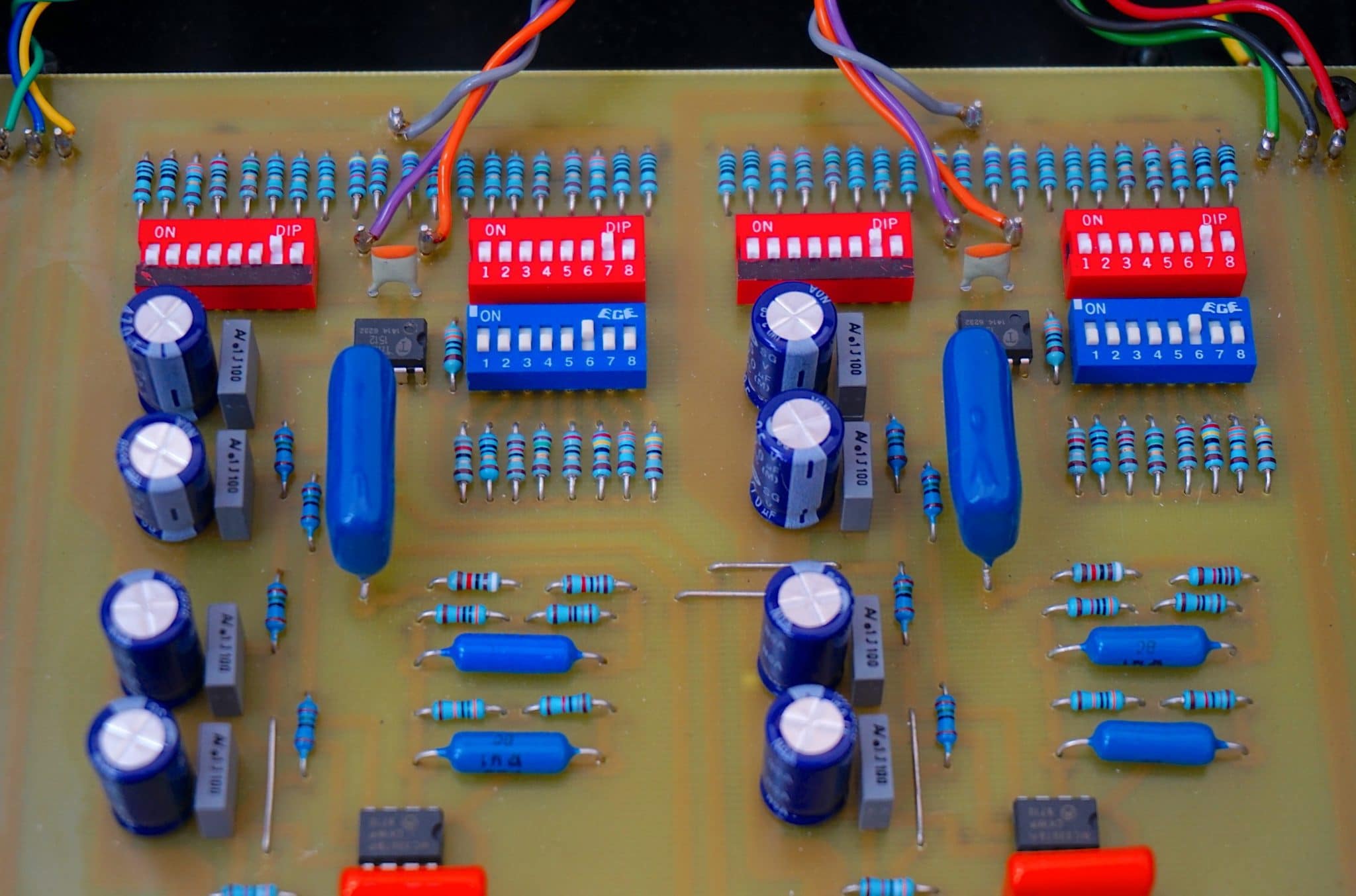
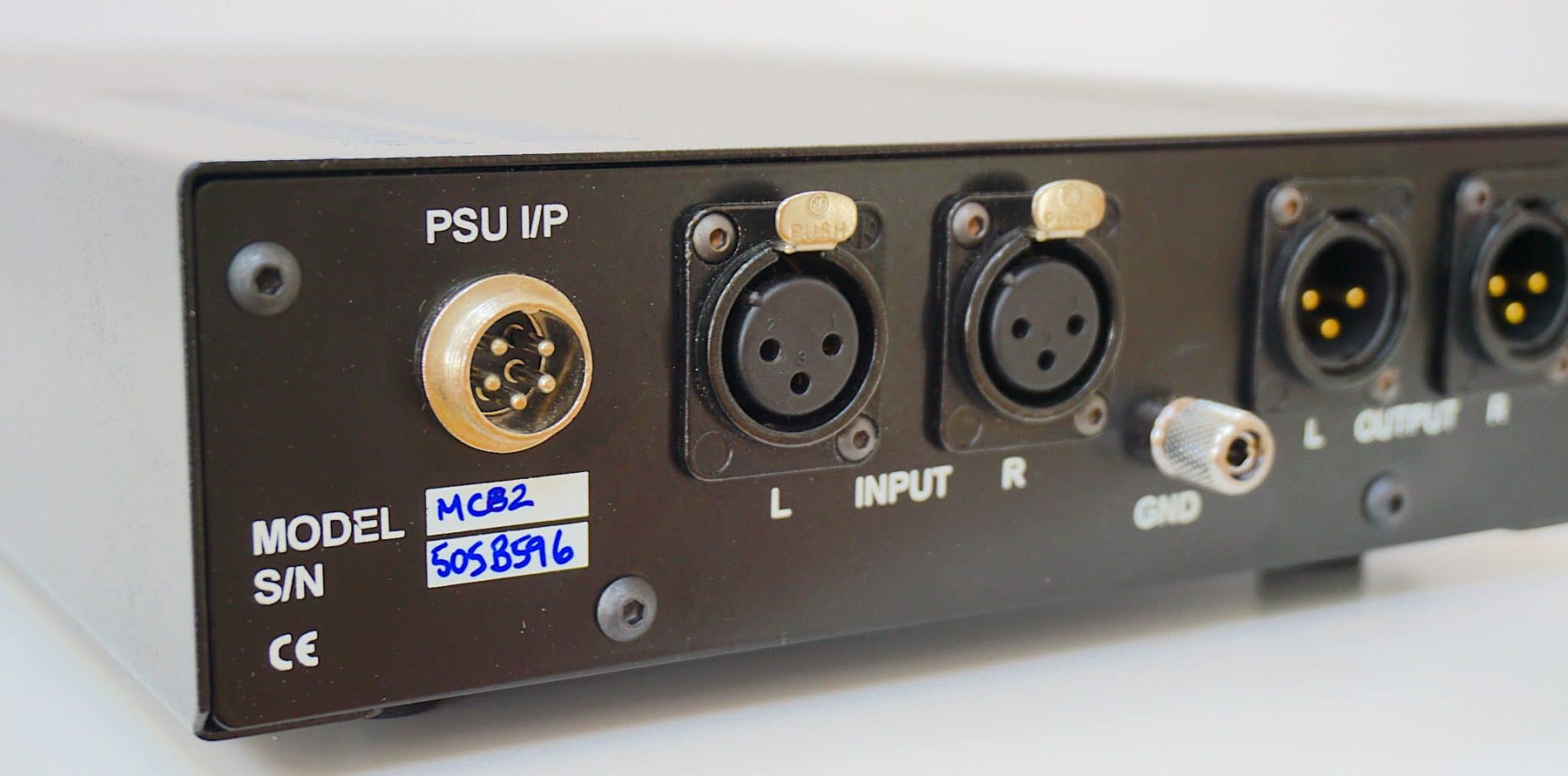
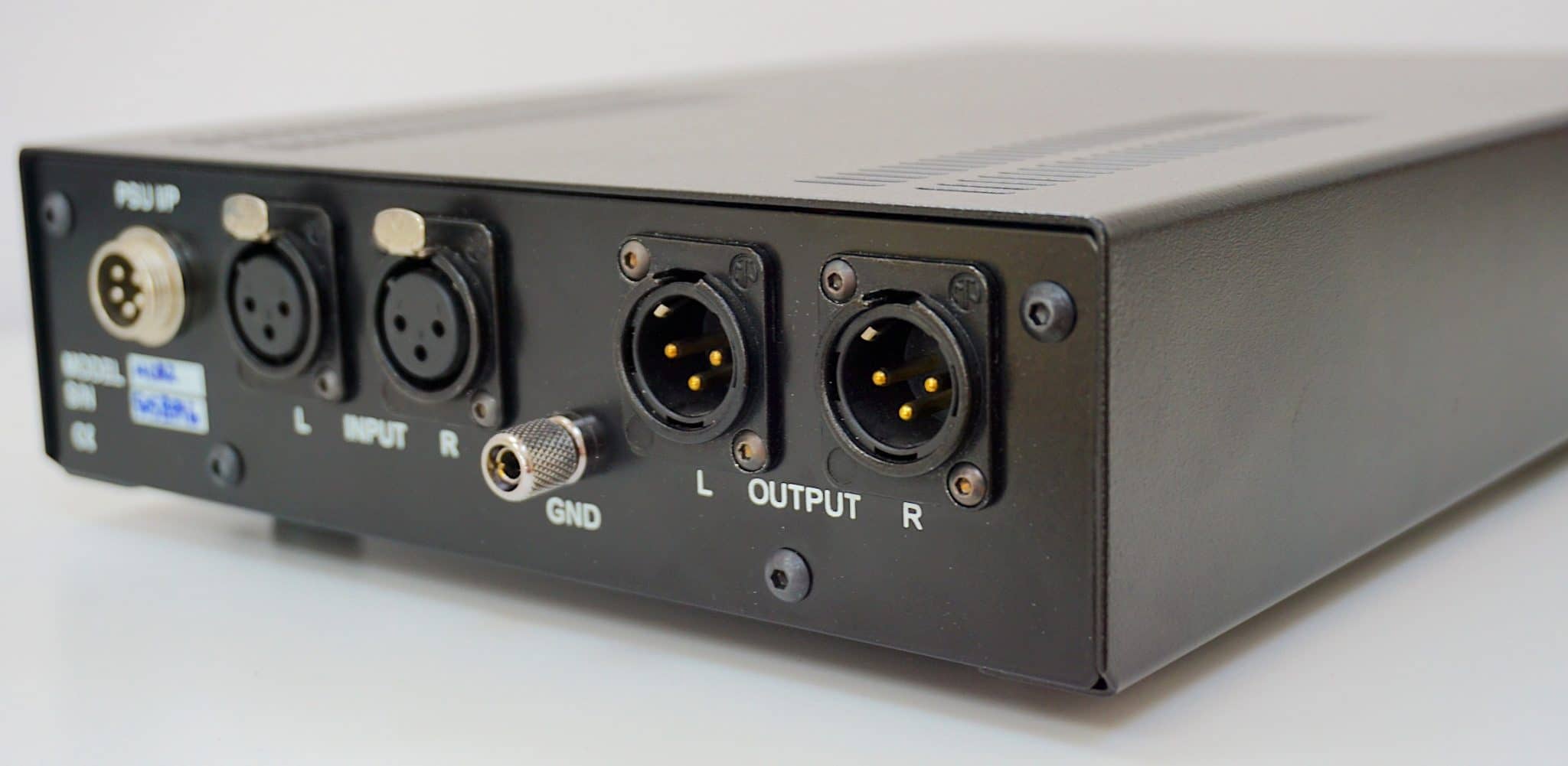
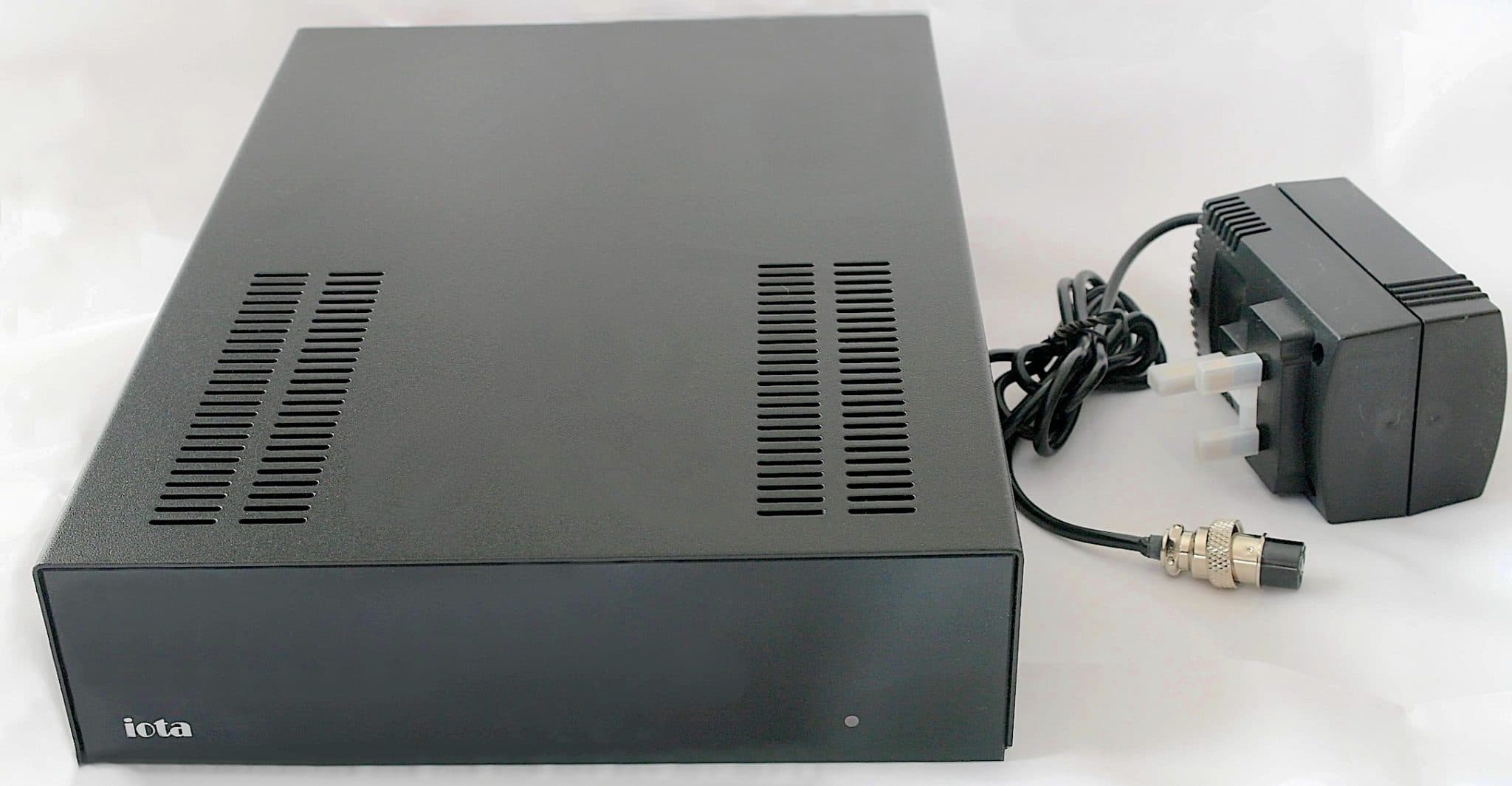



Hi Paul,
I watched your youtube review of the Iota Median phono amplifier and really enjoyed it.
I own a Median and a Signature phono amp and noticed on your photo of the dip settings that you have the left dip setting reversed. The black strip is there as the dip switches run from 8 on the left to 1 on the right.
Cheers
Tim
Thanks for heads up, Tim.